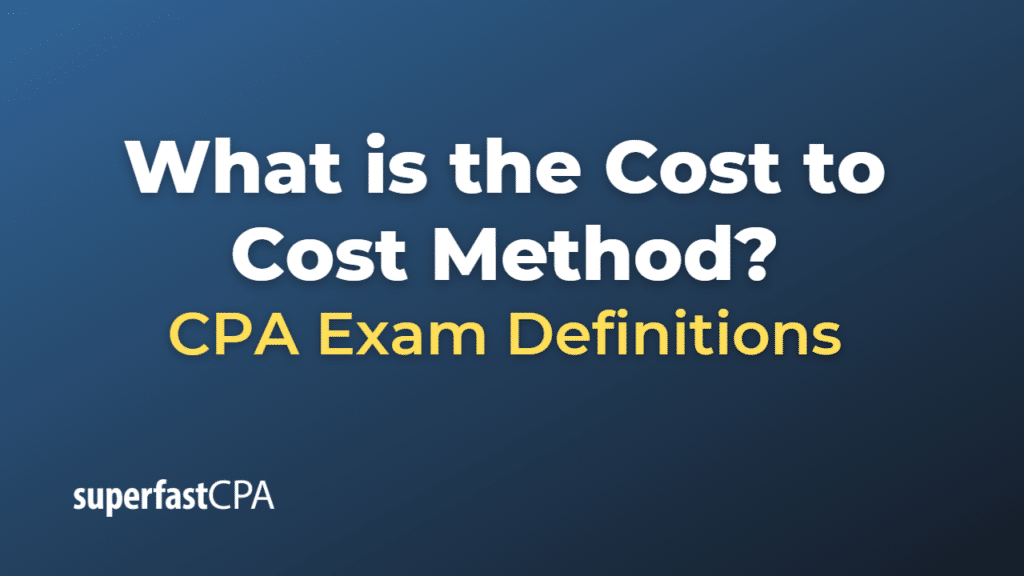Cost to Cost Method
The cost-to-cost method is a way to recognize revenue and profit in long-term projects based on the percentage of completion of the project. It’s commonly used in industries such as construction, aerospace, and defense where projects span multiple accounting periods.
The principle behind the cost-to-cost method is that the progress towards completion (and therefore the revenue that should be recognized) can be measured reliably by comparing the costs incurred to date with the estimated total costs of the project.
The formula for calculating the percentage of completion using the cost-to-cost method is:
\(\text{Percentage of Completion} = (\frac{\text{Total Costs Incurred to Date}}{\text{Total Estimated Costs of the Project}}) \times 100\)
The calculated percentage is then used to determine the proportion of the total expected revenue and profit that should be recognized in the current accounting period. For example, if a project is 30% complete according to the cost-to-cost calculation, then 30% of the total expected revenue and profit from the project would be recognized.
It’s important to note that the accuracy of the cost-to-cost method depends heavily on the accuracy of the total estimated costs. If these estimates are significantly off, the revenue and profit recognition could be misstated. Therefore, companies using this method need to regularly review and update their cost estimates as the project progresses.
Example of Cost to Cost Method
Let’s consider an example of a construction company that has a contract for a project estimated to bring in a total revenue of $1,000,000. The total costs to complete the project are estimated to be $800,000.
In the first year, the company incurs costs of $200,000.
Using the cost-to-cost method to calculate the percentage of completion:
\(\text{Percentage of Completion} = (\frac{\text{Total Costs Incurred to Date}}{\text{Total Estimated Costs of the Project}}) \times 100\)
\(\text{Percentage of Completion} = (\frac{\$200,000}{\$800,000}) \times 100 \)
\(\text{= 25%} \)
So, the construction company is 25% complete with the project at the end of the first year.
To calculate the revenue to be recognized in the first year:
Revenue = Total Contract Revenue x Percentage of Completion
= $1,000,000 x 0.25
= $250,000
Therefore, in the first year, the construction company would recognize $250,000 of the total contract revenue.
For the profit, we assume that the profit margin is consistent across the project. So, if the total profit expected is $200,000 (which is the total expected revenue of $1,000,000 less the total expected cost of $800,000), the profit to be recognized in the first year would be:
Profit = Total Profit x Percentage of Completion
= $200,000 x 0.25
= $50,000
So, the company would also recognize $50,000 of profit in the first year.
This example illustrates how the cost-to-cost method allows companies to recognize revenue and profit gradually as the project progresses, reflecting the ongoing earning of income from long-term contracts.












